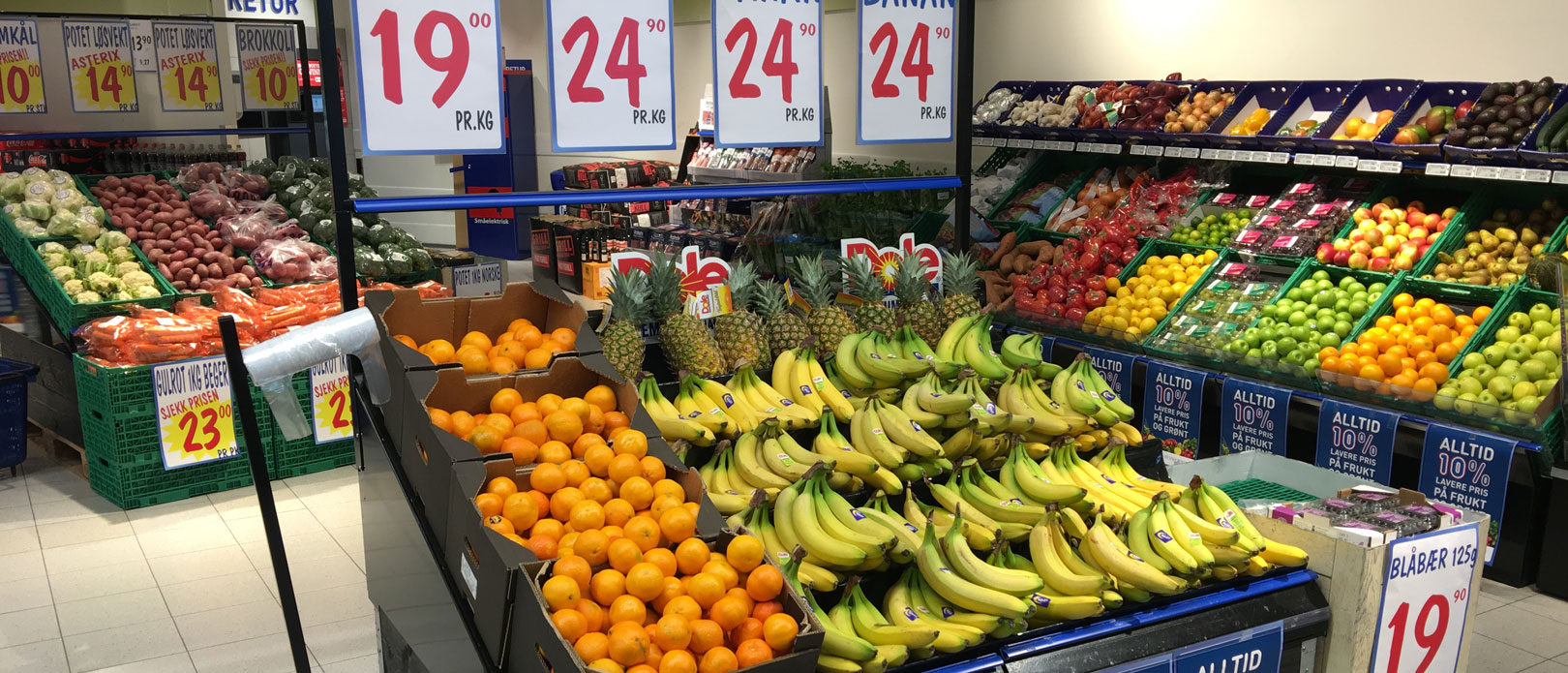SUSTAINABLE FOOD SYSTEMS
What the Nordics can do to fix the food systems

In the work towards more sustainable food systems in the Nordic countries, inspiration can be drawn from Nordic innovation agencies. A new "cookbook for systems change" advises stakeholders on how can we can eat and produce more sustainable food in the Nordic countries. Photo: M. Kegl/ Azote
The Nordic countries’ most important global contribution to achieving food related sustainability goals may come from their strong innovation networks
- The Nordic Food Policy Lab of the Nordic Council of Ministers, Stockholm Resilience Centre and EAT launch Cookbook for systems change – Nordic innovation strategies for sustainable food systems
- It provides non-experts with accessible ingredients – templates for developing interventions, guides for how to get started and examples of cross-cutting projects – that can be used to create recipes for change
- The primary target audience for the publication is national and regional innovation agencies
The Nordics are on a mission to transform food systems. As part of this, a newly launched Cookbook for systems change – Nordic innovation strategies for sustainable food systems by the Nordic Food Policy Lab of the Nordic Council of Ministers, Stockholm Resilience Centre and EAT suggests that the Nordic countries’ most important global contribution to achieving the Paris Agreement and the UN Sustainable Development Goals may not be a specific technology, business model or policy innovation.
Rather, this contribution can come in the form of demonstrating how a strong public innovation network is the missing link to overcome the complex societal challenges defining our times.
We can draw a lot of inspiration from this collaboration by Nordic innovation agencies.
Sebastian Hielm, Food Safety Director, Ministry of Agriculture and Forestry, Finland
Gap between knowledge and action
While missions have received increasing attention in policy circles at national and EU levels, they are still rather loosely defined and there are very few examples of the implementation of mission approaches.
Moving from intent to action has been slow as there is no existing playbook (or cookbook) to go by. This in turn means that mission-thinking is still often overlooked in new policy proposals.
Centre researcher Amanda Wood is one of the contributors behind the publication and has collaborated extensively with Nordic stakeholders on food system transformation.
She believes this cookbook for systems change is a good start.
This publication gives us a guide for how we can start tackling society’s grand challenges through smaller, orchestrated innovations across the food system.
Amanda Wood
Recipes for change
The cookbook provides non-experts with accessible ingredients – templates for developing interventions, guides for how to get started and examples of cross-cutting projects – that can be used to create recipes for change.
The primary target audience for the publication is national and regional innovation agencies. However, because innovation ecosystems include a variety of different actors, it also provides valuable insights into the roles that entrepreneurs and civil society and research organisations can play to cultivate change from the bottom-up.
Read more about the Cookbook for systems change – Nordic innovation strategies for sustainable food systems








